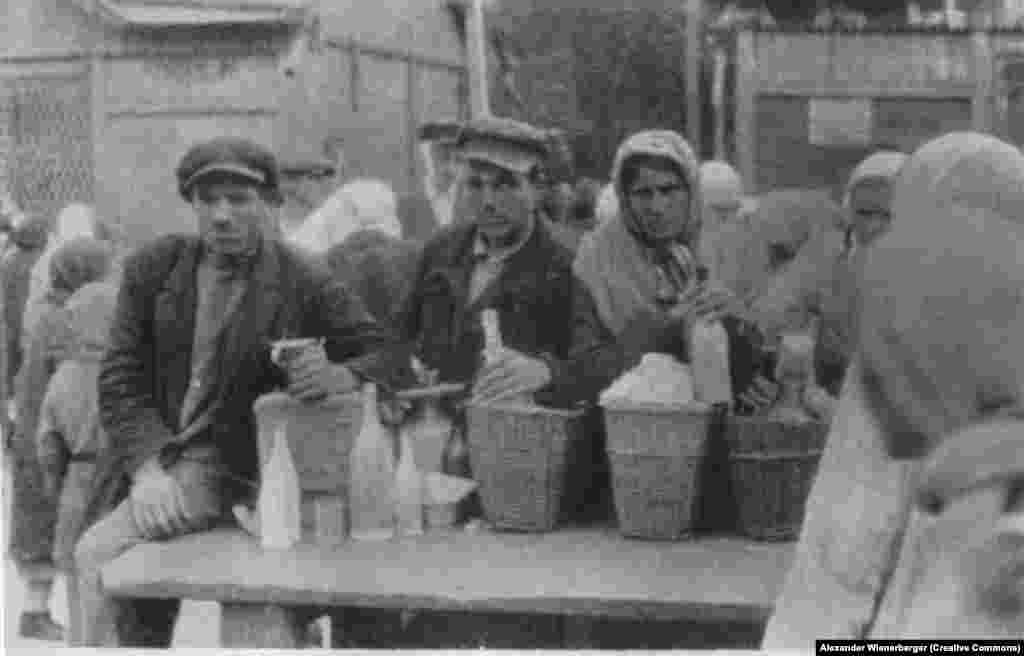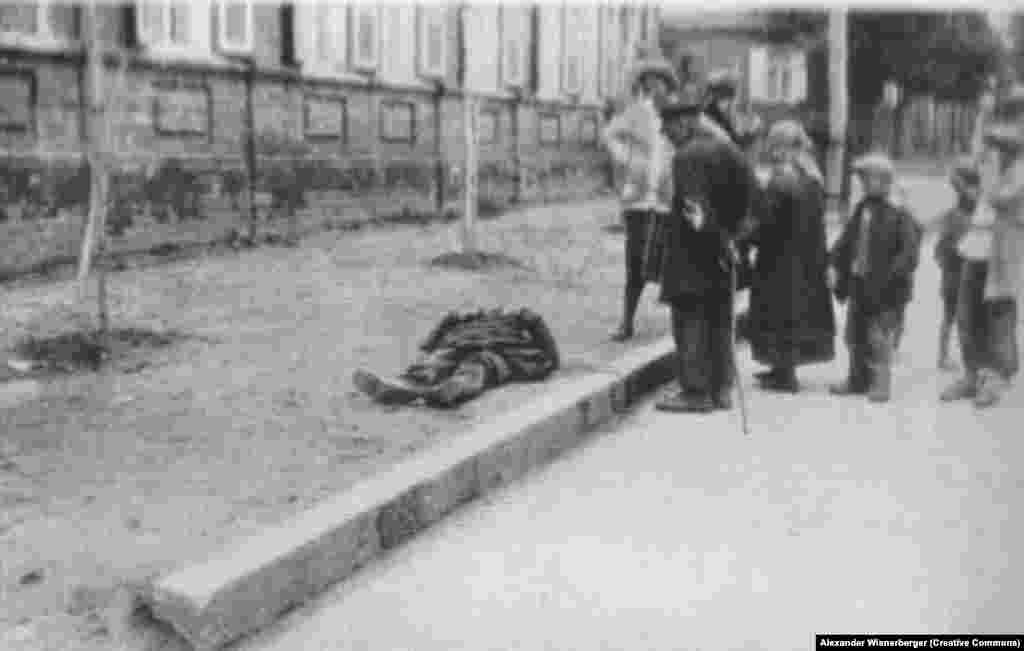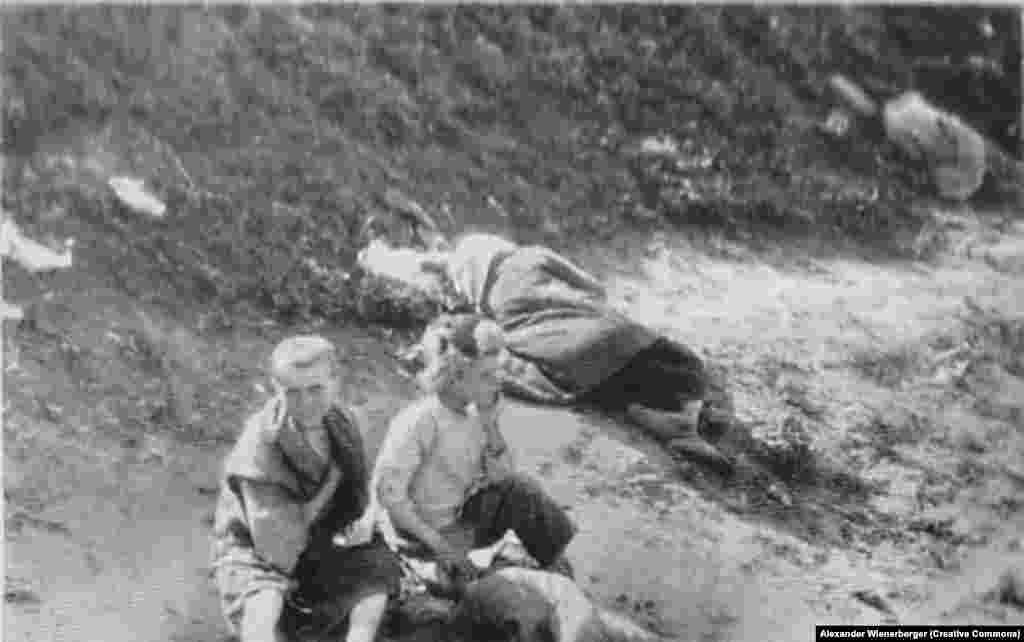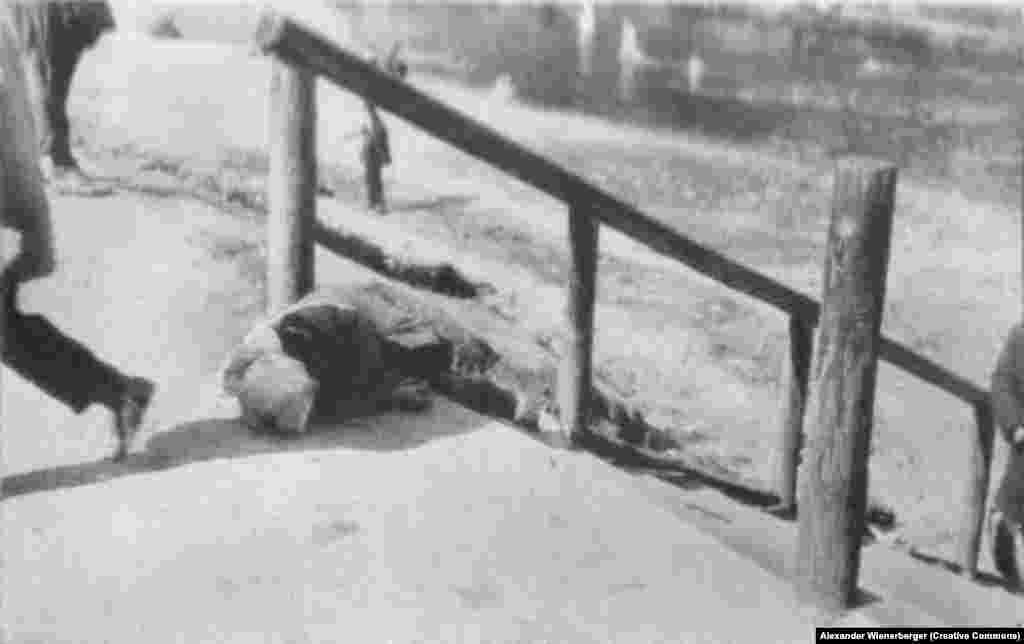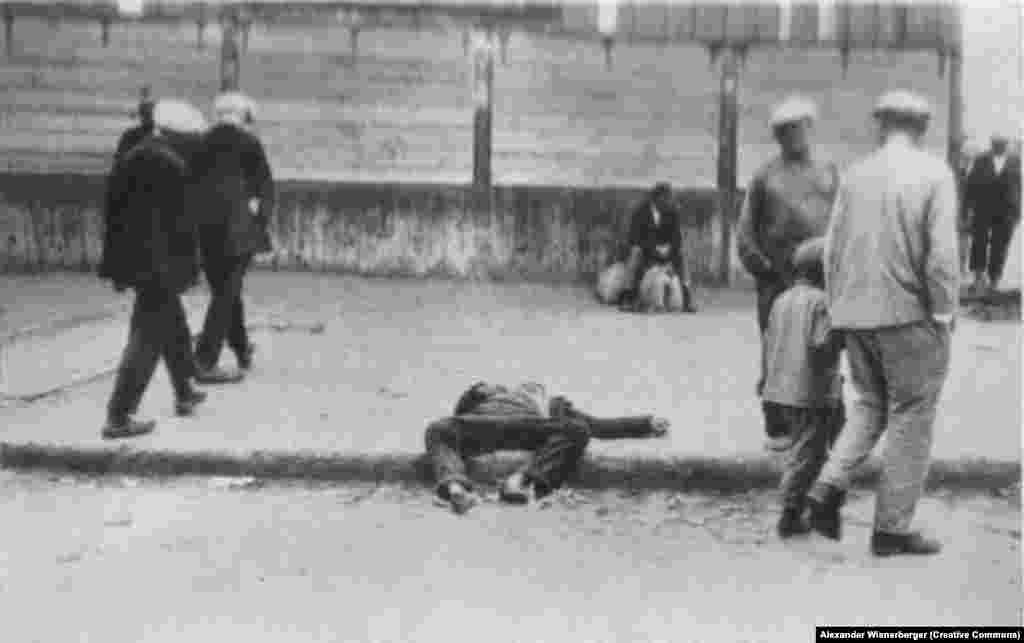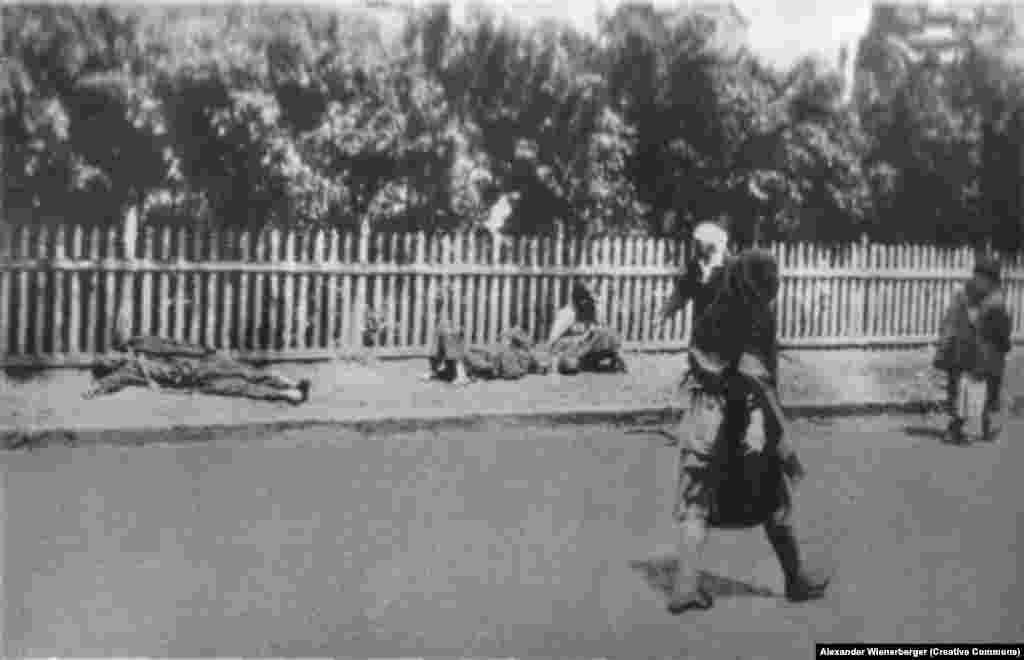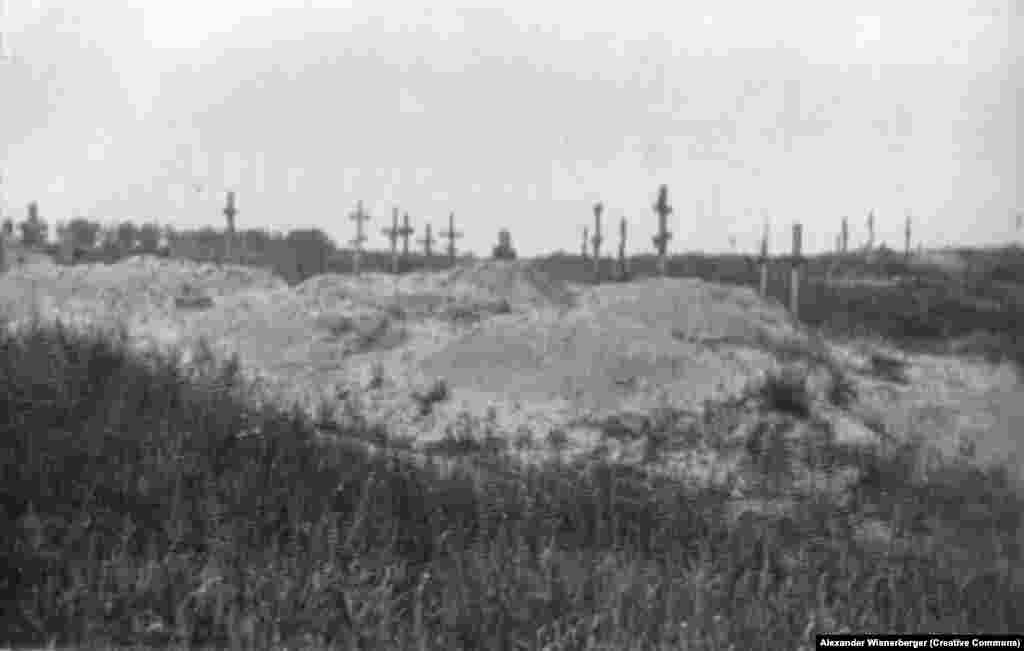Alexander Wienerberger was recruited into the army of the Austro-Hungarian Empire during World War I. In 1915, he was taken prisoner in Russia and ended up staying in the U.S.S.R. until 1934. Later, he worked as a chemical engineer specializing in explosives, and he established chemical factories in the Soviet Union.
In 1933, he was assigned as technical director of a synthetic factory in Kharkiv and became witness to the manmade famine orchestrated by the Soviet government, the Holodomor.
His photographs -- made with a Leica camera -- are some of about 100 images verified to be authentic portrayals of those harrowing events. The captions are based on the photographer's own notes.
In 1933, he was assigned as technical director of a synthetic factory in Kharkiv and became witness to the manmade famine orchestrated by the Soviet government, the Holodomor.
His photographs -- made with a Leica camera -- are some of about 100 images verified to be authentic portrayals of those harrowing events. The captions are based on the photographer's own notes.







